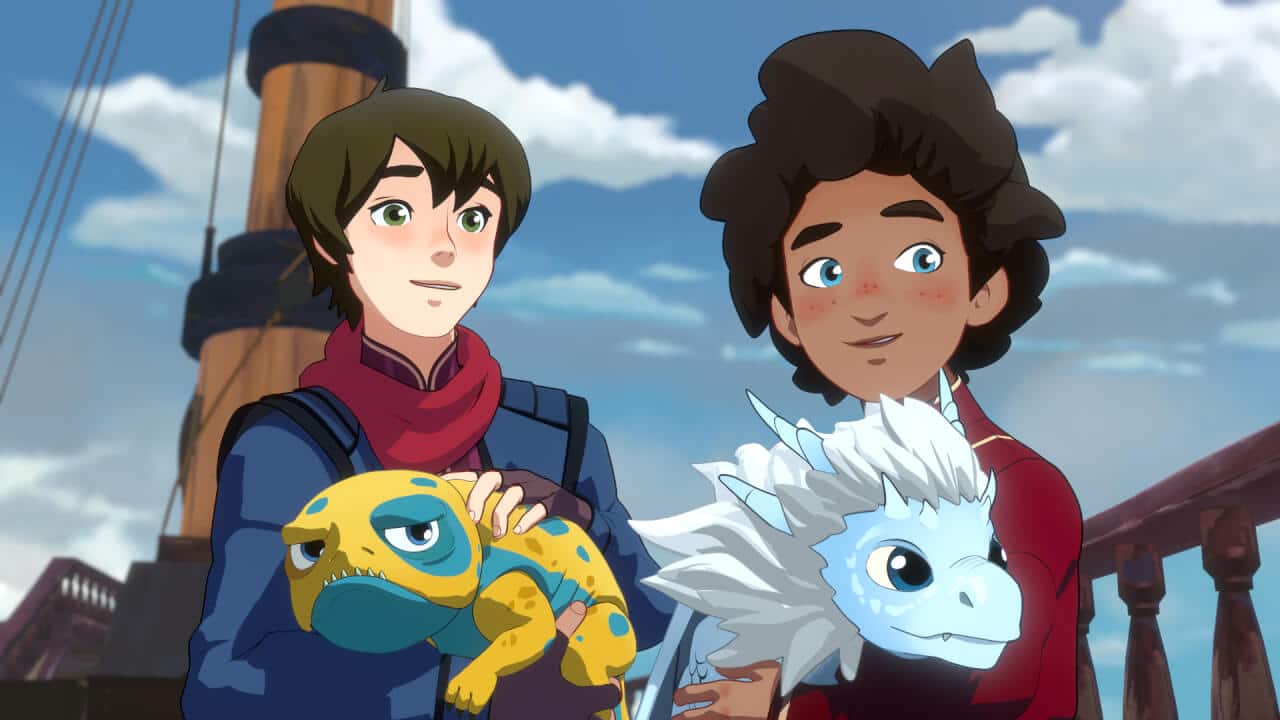
They’re artful in how they move characters about. The animators working with these 3D models, they’re artists, right? They’re great at what they do. We wanted details on the character designs, in the costumes and sets, that you really can’t get in traditional 2D animation. On The Dragon Prince, we wanted to push that even more to leverage the strengths of a CG and 3D pipeline. They were trying to innovate toward using a CG pipeline and using cel shading, but using techniques to help it feel more hand-done to have artists much more involved in applying a personal touch, so you don’t get the computer or machine-like feeling, the Uncanny Valley you sometimes get from cel-shaded animation. How is it technically different from last season?Īaron Ehasz: When we first envisioned the show, we talked with Bardel Entertainment, which had done a film called The Prophet. You retooled the animation style a little this season. This interview has been edited for concision and clarity. In part two, they discuss the show’s animation choices, including how it’s changed from season 1 in response to viewer feedback, how the animators use camera rules to create more realistic action, and why every episode ends with Easter eggs. In part one of this interview, Ehasz and Richmond discussed some of the major story beats from season 2, including how they balanced their villains to make them so appealing, what effects dark magic has on its users, and why season 2 has so many long, wordless sequences as part of the storytelling process. I recently spoke at length to Ehasz and Richmond about the stylistic changes and narrative leaps forward the show took in season 2.

Netflix’s animated series The Dragon Prince, co-created by Avatar: The Last Airbender head writer Aaron Ehasz and Uncharted series game developer and director Justin Richmond, just dropped its second season, and it’s a powerful step forward for the fantasy series.


 0 kommentar(er)
0 kommentar(er)
